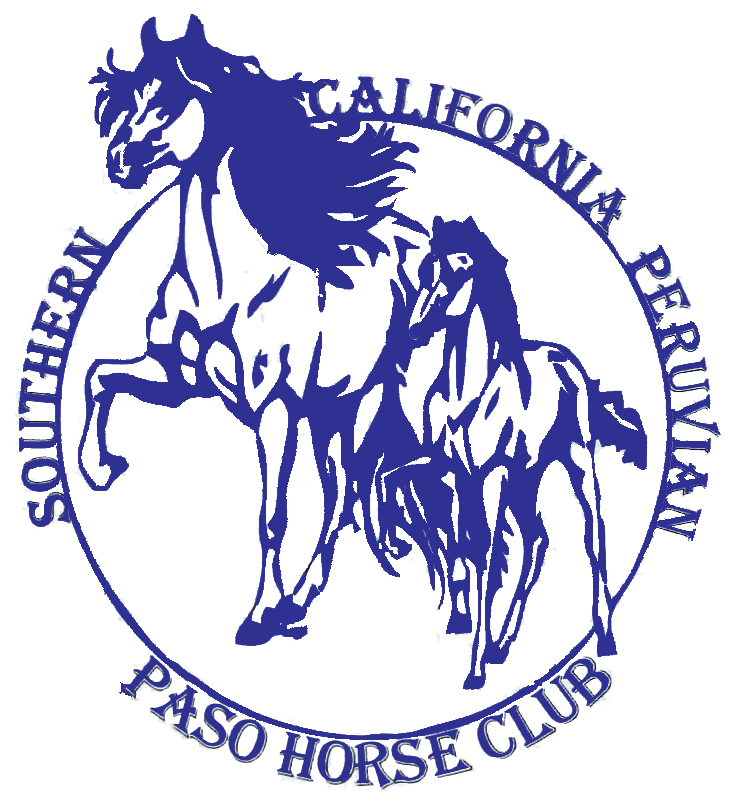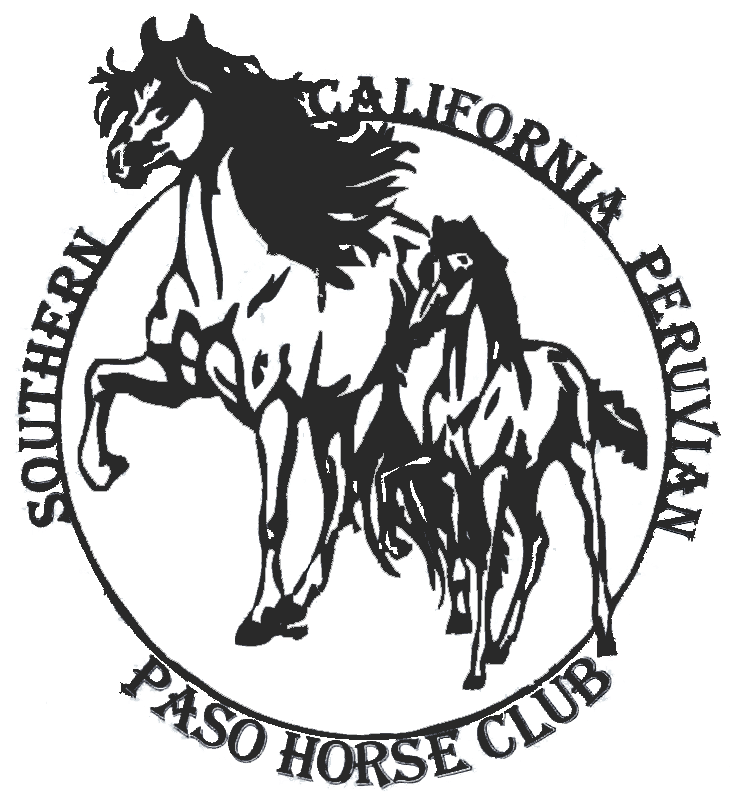About Peruvian Horses
The modern-day Peruvian Horse descends from two different breeds of war pony introduced into Peru by the Conquistadors, specifically the Spanish Jennett and Andalusian. The Jennett passed on its even temperament, ambling gait, and smooth ride. From the Andalusian came the classic carriage, animation of action, spirit and much of the conformation. The mixing of these types of blood plus climate and forage served to modify future generations and to create this unique breed that possessed characteristics different from those of any other horse in the world.
The Peruvian Paso is officially recognized as the National Horse of Peru and is commemorated in poetry and story, in statues and on postage stamps.
Born to Gait
In some of their gaits, many other kinds of horses in lateral propulsion follow the same pattern of footfall sequence as the Peruvian Paso, including the American Saddlebred and Tennessee Walker, but there the similarity ends. There are two fundamental and marked differences. First is the execution of the gait or the way of doing it. From the hundreds of years of selective breeding for gait, the Peruvian Paso has had a conformation and other contributing attributes no other horse can claim. His relatively heavy forehand, extra-large girth, sloping shoulders, short back and strong, supple loin, low croup and dock, slightly sickle hocks, and springy pasterns combine with a distinctive rolling motion of the front legs and feet and almost no hock action behind, to absorb the jolts and jars of riding.
The other and greatest difference is the Paso gait is entirely natural and requires no long toes, special weights, boots, chains or special training. Also, unlike some other breeds, the Peruvian Paso does not nod or bob his head, an action which always has a corresponding compensating bob of the croup, transferred directly to the rider's seat. The trajectory of the front legs is unique among the breeds of the world. The Peruvian Paso horse has a swinging motion of the front legs which is likened to paddling. The shoulder, knee and fetlock are flexed snappily during each step the horse takes, and the foot is rotated outwards so the front hoof follows an arc instead of a straight line when the horse moves forward. This action called "termino" is a remarkably beautiful action.
Versatility
The Peruvian Paso is inherently intelligent and quick to learn and seems to enjoy being cooperative and amenable. In Peru, they have been used for fighting bulls on horseback. Therefore they must have endurance, speed, agility, and calmness plus courage.
The average height of the Paso is 13.5 to 15 hands and more, and the weight is from 900 to 1000 pounds (about the same as Morgan horses and Arabian horses). These beautiful horses come in all solid colors plus various roan colors also. The Peruvian is usually ridden and shown in the traditional Peruvian tack, but he can be ridden in Western, English, Saddle Seat and Plantation.

